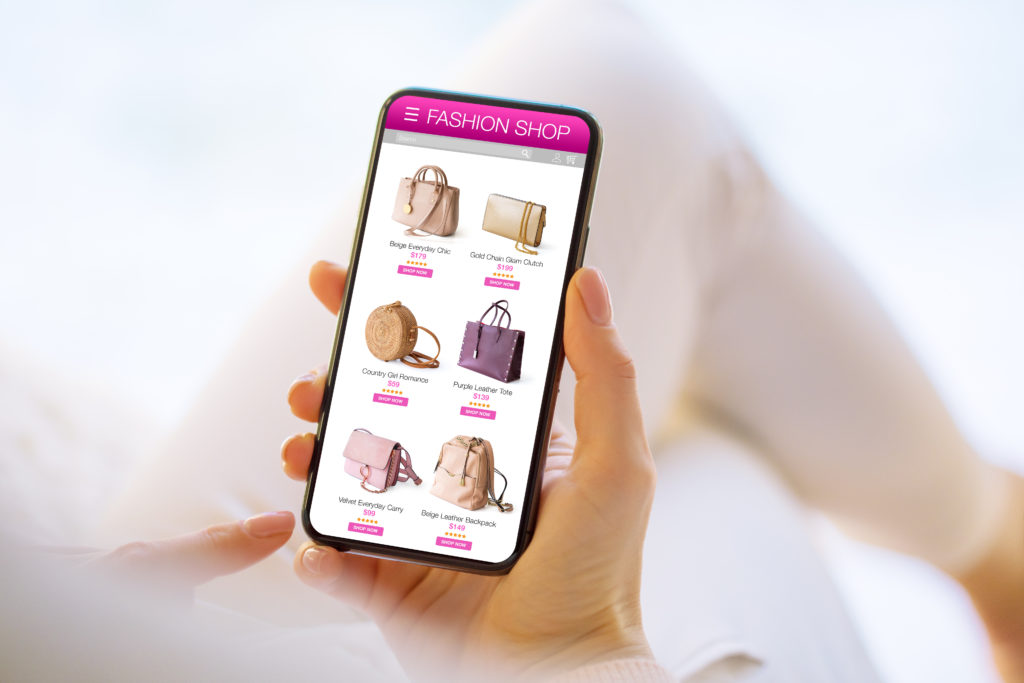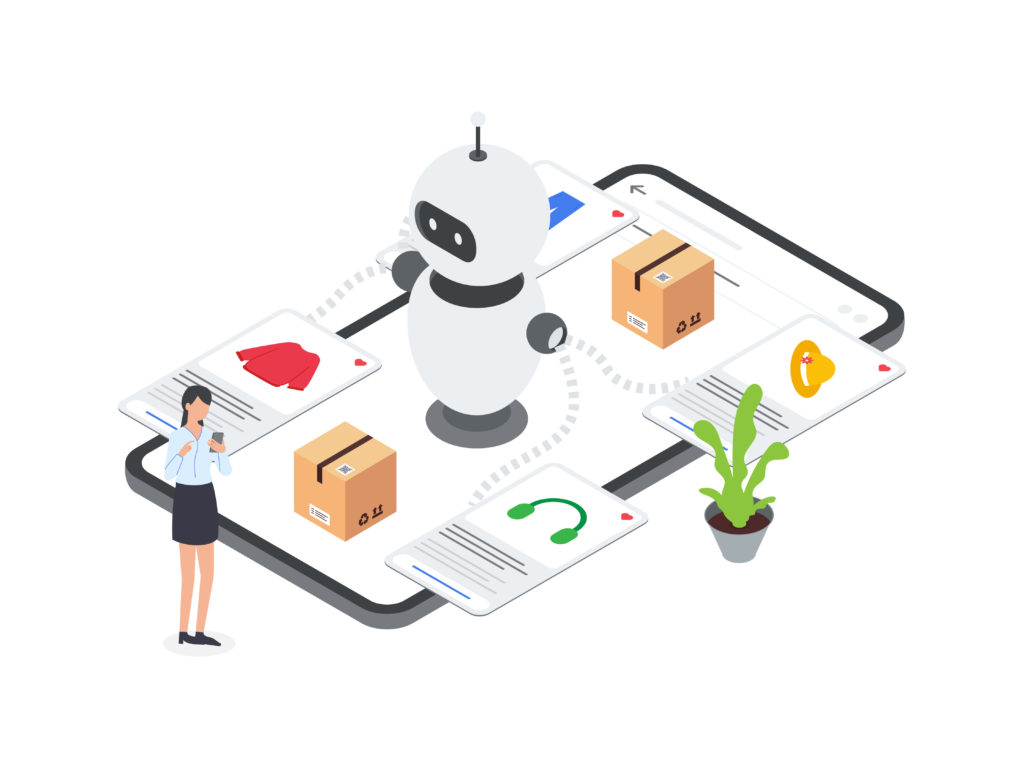
- August 13 2024
Mobile-first E-commerce: Optimizing for Small Screens, Big Results
2024 saw mobile-commerce or m-commerce sales cross $2.2 trillion; we expect this massive growth trend to continue in 2025 as well. With Asia Pacific leading this global shift, optimizing your brand for the small screens is a step you can take.
To put into context just how big this impact is: there are 6.92 billion smartphones in the world today, and there’s potential to drive significant revenue as a retailer with the right mobile commerce strategies.
Gen Z only wants to shop exclusively on their smartphones. Combine that with social media being the top way customers discover new products, and 93% of Gen Z users use social media for up to 4 hours daily!
Now you know why mobile commerce trends make mobile phones every business manager’s top priority.
In this article, we’ll cover everything you need about mobile-first ecommerce and how to use AI to power your business for 2024. Let’s dive in!
The Mobile User Experience (UX)

Designing your digital offering for mobile is very different from setting it up for the website. The primary challenge is the less virtual real estate you get when designing your mobile apps. Mobile phone screens are much smaller than desktops, making your brand look cluttered unless you space your display evenly and symmetrically.
Another challenge is maintaining user-friendliness when switching from desktop to mobile. Your app should have toggles, switches, and buttons that make navigation easy for the customer on a smaller screen. If not, you risk adding friction between steps and losing potential sales.
On the flip side, the UX for mobile users also comes with unique opportunities, including:
⦁ Reaching a wider audience since more people shop on mobile devices than desktops.
⦁ Making product discovery easier with visual search directly from the phone’s photo gallery.
⦁ Resolving issues more quickly with solutions like instant calling between the customer and a sales representative.
⦁ Driving more sales with fast checkout options like mobile payments for easy payment.
ViSenze and AI-Powered Shopping
Customers today lead busier lives than ever before and want their shopping experiences to be as seamless as possible. This means they expect faster, relevant searches, personalized recommendations, and new social-inspired experiences, making them want to return for more. AI-powered visual search checks all these boxes for them.
AI-powered product recommendation engines help brands develop and maintain a ‘personal’ connection with every customer through customized product suggestions. Hence, you barely have to spend time or effort on it.
The ViSenze search and discovery engine is designed for mobile devices to personalize customer displays, address their style, and improve conversion rates, basket size, and revenue. Finally, with automated tagging features, you can sit back while ViSenze finds the right tags to ensure easy product discoverability.
These come together to enable a smooth mobile ecommerce experience for your customers without them being overwhelmed or confused.
Personalized Mobile Recommendations

Personalization has become a must-have for online shoppers in 2024, and AI is only improving. McKinsey reported last year that 78% of customers choose, recommend, or pay more for a brand that provides a personalized online shopping service or experience.
The top reasons all point to the fact that personalized product recommendations significantly increase the customers’ lifetime values.
The six recommendation engines ViSenze uses are:
⦁ Similar: Visually similar products from your current inventory.
⦁ Look: Recommend shoppable items from the product model images.
⦁ Pairing: Complementary products for the primary item
⦁ Inspire: Multiple outfit inspirations to increase the average order value
⦁ Social: Product purchases based on social posts
⦁ Session: Dynamic recommendations based on an ongoing shopping journey
⦁ Recommend Me: Shoppers can type and curate their recommendations
These engines all work together to meet different customer’s needs, leading them to form an emotional bond with the brand and want to return to shopping with you repeatedly. In the long run, you build each customer’s lifetime value and scale your business with a high customer retention rate.
Integrating Mobile Social Commerce
Next, look at how social media impacts ecommerce, especially mobile shopping. With platforms like Instagram and TikTok being at the forefront of every mobile device, it’s easy to leverage them and propel your brand in front of younger audiences.
Social commerce is exploding, with global sales crossing a whopping $992 billion. Projections expect it to keep growing exponentially, and brands that can take advantage of this wave will surely bring in more revenue than ever.
Optimizing Checkout for Mobile

Every marketer knows the essence of a sale lies in the checkout when customers click the ‘Buy Now’ button. Mobile optimization of the checkout process might seem like the small last step, but it is by no means insignificant. You can also add complimentary recommendations mimicking the offline shopping experience to drive upsell and cross-sell.
You can guarantee a sale when your customer gets to this page in several ways. Mobile payment solutions can be easy, painless, or time-consuming and irritating. Aim to offer your customers as many mobile payment solutions as possible to avoid cart abandonment.
Quick checkout options like mobile wallets help customers end their shopping journey without manually typing in their contact and card details. Doing so invites them to purchase from you via mobile devices and maintain a consistent cash flow.
Case Studies and Real-World Examples
ShowPo
The Australian-based fashion ecommerce brand ShowPo offers a large inventory of over 20,000 product choices on its website and mobile app. However, it had trouble helping customers easily access the options and find their preferred items.
With ViSenze’s recommendation engines, the brand could improve its display system to instantly show a collection of similar and complementary products to what each shopper is looking for and find their preferences quicker with pictures. This led to a 10% increase in conversion rates and a spike in their revenue.
The curated collection reflects the shoppers’ tastes, and adopting the new technology made scrolling through the product images on mobile an enjoyable experience. By simplifying their product discovery, the brand could increase conversions by 10% and keep their customers happy. Read the entire case study here.
Future of Mobile E-commerce with AI

Artificial intelligence has made things like conversational commerce and multi-search possible in recent years, and we can expect more technological advancements soon as well. For ecommerce, the potential to fast-track customer journeys and maximize revenue is the goal on which brands will focus their efforts.
Mobile commerce is only getting easier with live streaming and other continuous evolutions. Having mobile-first strategies in place can put your brand in a position to gain market share and accelerate your growth.
To learn more about how we can help you with faster and more immersive product discovery, book a customized demo today!

